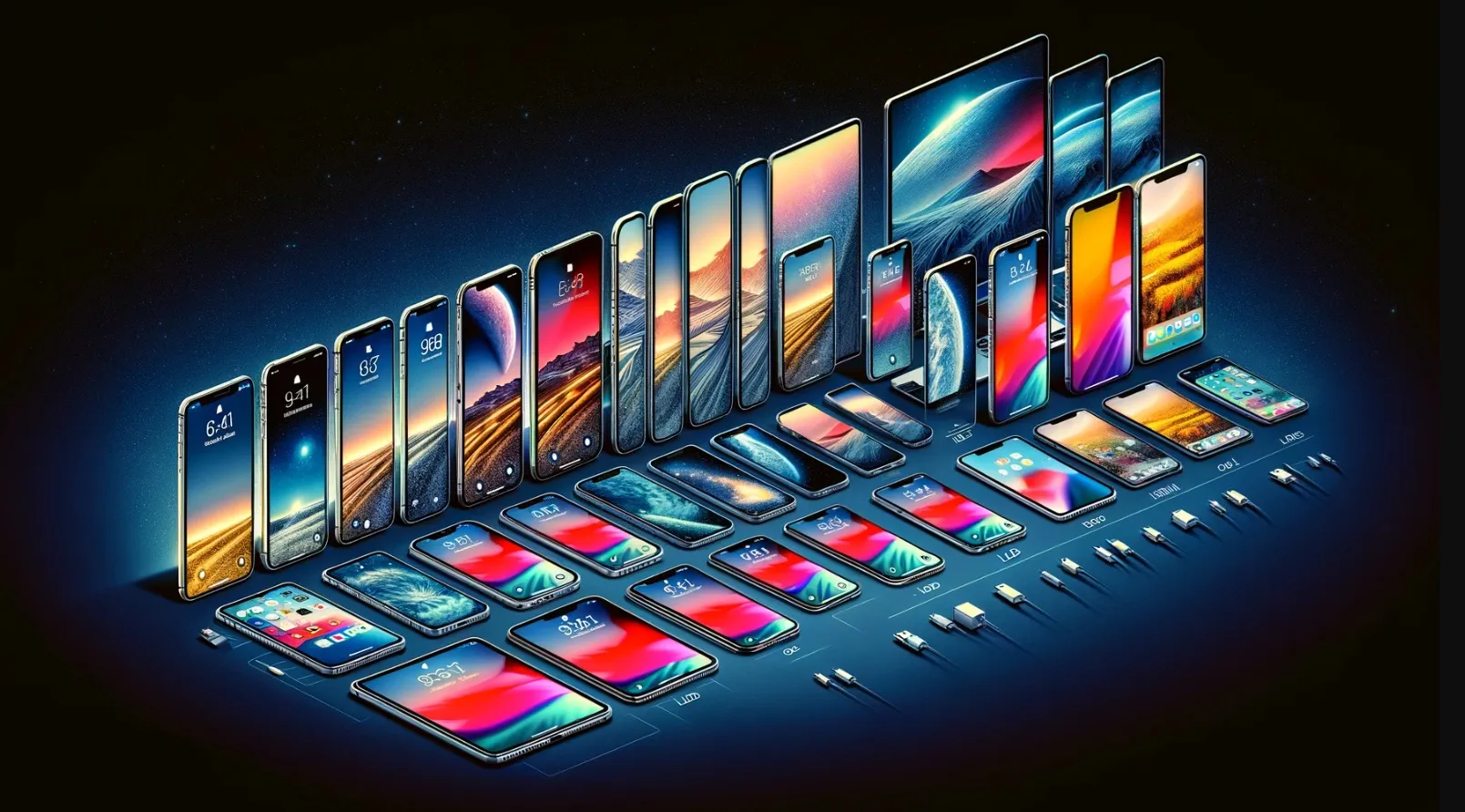Apple has introduced the new Ultra Retina XDR display for its new 2024 iPad Pro lineup, representing a better change in display technology compared to previous models.
Previous displays: Liquid Retina XDR and Super Retina XDR
Before the Ultra Retina XDR, Apple had implemented Liquid Retina XDR technology in the iPad Pro models, specifically in the 12.9-inch version. This display uses mini-LED technology, known to offer better contrast and superior brightness compared to traditional LCD displays. Despite its advantages, users often noticed a blooming or halo effect around white text on dark backgrounds, due to the inherent backlighting of the mini-LED.
On the other hand, iPhone models from the iPhone 11 Pro to the iPhone 15 Pro have been using Super Retina XDR technology, which does not use mini-LEDs but OLEDs. These displays provide 2,000,000:1 contrast and the ability to reach up to 2000 nits of brightness in outdoor lighting conditions, although without the tandem technology of the new Ultra Retina XDR.
The new Ultra Retina XDR
The Ultra Retina XDR display uses a configuration where two OLED panels are stacked on top of each other. This structure enables full-screen brightness of up to 1000 nits for SDR content, surpassing the 600 nits of previous models with Liquid Retina XDR. Although the maximum brightness for HDR content remains at 1600 nits, color and brightness management by Apple’s M4 chip optimizes the performance of both panels simultaneously.
One of the most noticeable advantages of the OLED technology used in the Ultra Retina XDR is the ability to control each pixel individually. This eliminates any necessary backlighting and allows pixels in dark areas to be blacked out completely, resulting in deeper blacks and improved contrast. This control also contributes to the iPad Pro’s slimmer design, with the 11-inch model measuring just 5.3 mm thick, and the 13-inch model measuring just 5.1 mm.

Another minor change to the Ultra Retina XDR is the reduction of the dynamic refresh rate to 10Hz from the previous 24Hz, which contributes to lower battery utilization, albeit marginally.
Comparison
While the Super Retina XDR displays on iPhones and the Liquid Retina XDR on previous iPad Pro models offer respectable performance, the Ultra Retina
The two OLED panels in tandem operate at a lower voltage and offer the same level of brightness, potentially extending the life of the display without the typical screen burn-in risks associated with OLED.
Users who value the visual quality and performance of the device will find the iPad Pro 2024 a robust and cutting-edge option. While upgrading from older models may not be essential for all users, those looking for the latest in display technology will find the Ultra Retina XDR a considerable improvement.


Apple should absolutely discontinue ultra retina and go back to liquid retina
It’s impossible to watch ultra retina screen for more than four minutes without getting tears in your eyes!! shame on Apple!!